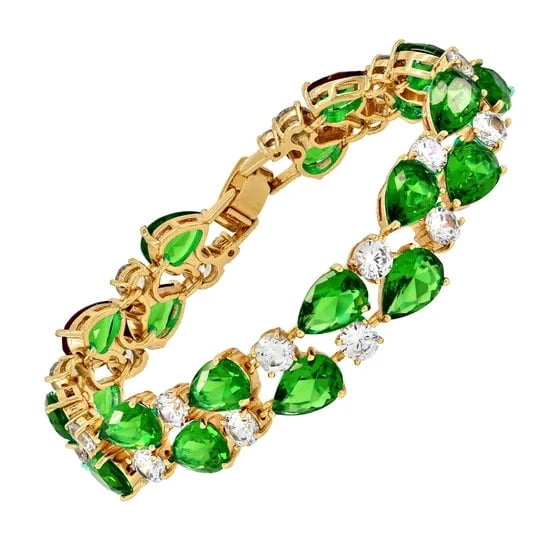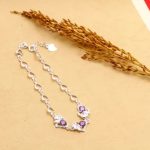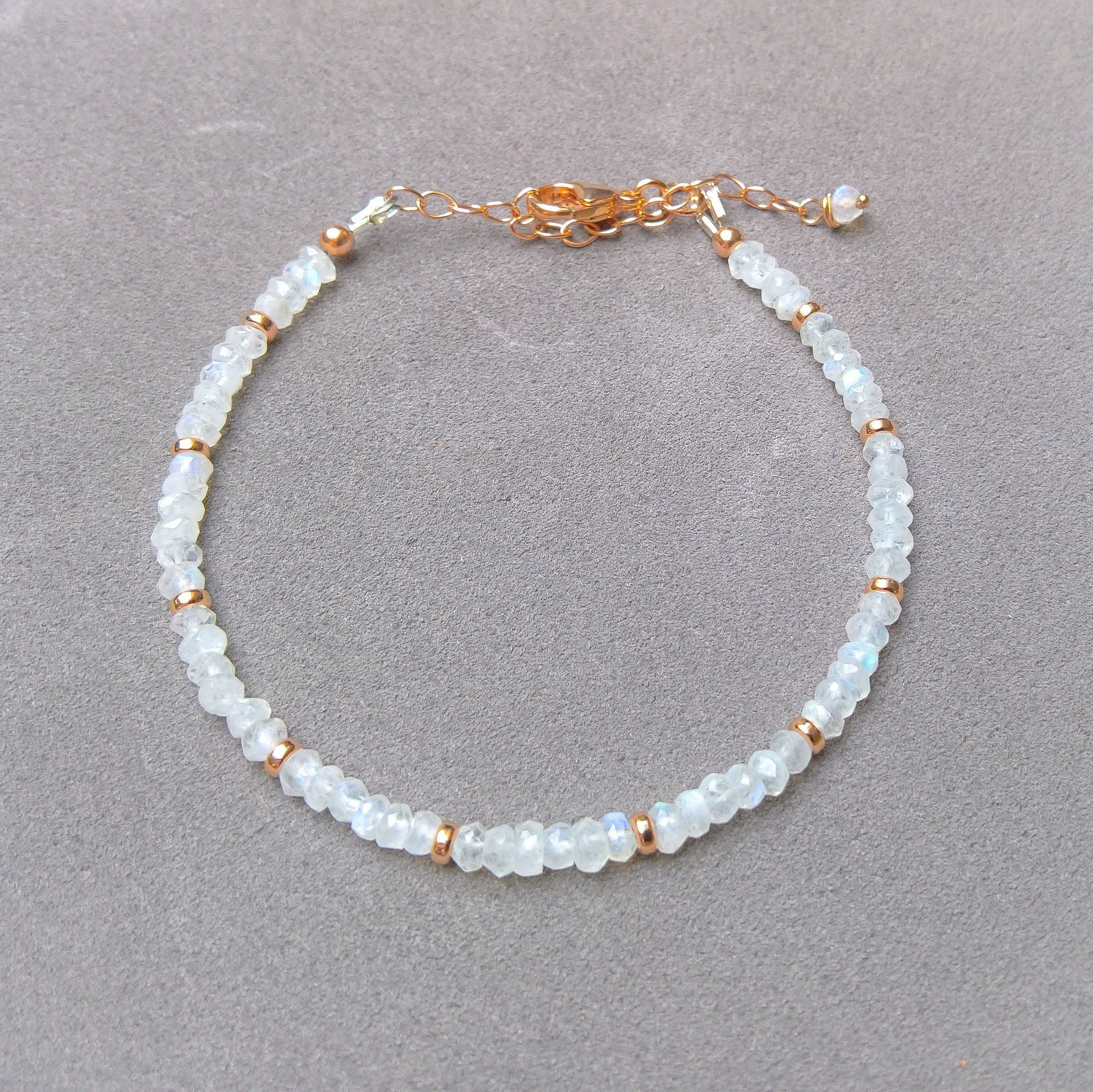Jewelry makers marks are important to identify the maker and the period of creation. These marks have been used for centuries throughout history and help collectors, historians, and jewelers understand who crafted the piece, when it was made, and where it was from. Jewelry makers marks can be found on almost any jewelry; however, it may not always be immediately visible as some pieces may require more thorough cleaning than others.
In the past, looking up jewelry marks had to be done manually which could take weeks or even months depending on the amount of information available. Today however the process has become a lot easier thanks to the introduction of a jewelry makers marks database.
This database is an online tool that provides access to thousands of jewelry mark listings sourced from antique dealers, auction sites, and other sources. It provides background information on each maker as well as current market values and provenance information that can come in handy when appraising a piece or determining its worth as an investment.
The most comprehensive databases are updated constantly so that users can be sure they are receiving up-to-date prices for items they are seeking out. The tools also offer photographs so that users can connect a picture with a description without hunting around for one – this is especially helpful if vintage jewelry items need to be identified quickly after being purchased at auction or estate sales.
In addition to these useful features, many databases also allow you search by keyword making navigation through pages much simpler for busy researchers and collectors alike.
Mapping the History of Jewelry Makers Marks
One of the oldest and most important avenues of identifying precious metals and gems is by researching makers marks inscribed on them. These marks can be hallmarks, trademarks, or signature stamps applied by the master goldsmiths or even personal symbols that convey meaning for both designer and wearer. They enable a true and accurate assessment of origin, purity, age, artist or workshop and value that is essential to any educated purchase decision in the jewelry trade.
The Jewelry Makers Marks Database collects hundreds of thousands of records from around the world, creating a digital archive that provides unprecedented access to makers mark data. Each record contains the maker’s name, the country they are based in, the type of marker they use (viz: hallmark, trademark symbol etc.)
as well as image examples of their unique markers. With so many makers present worldwide it’s not unusual for two distinct shapes to be used concurrently by different makers – this makes it difficult for buyers to identify individual gems which is precisely why this database exists.
Searching the Database is simple; simply type in either a maker’s name or search term and up pops all relevant records. With hundreds of brand collections available to view within seconds consumers have transparency into what they are purchasing at their fingertips.
In addition to these brand identifiers researchers are also able to access city directories which can provide details on when a particular stamp was registered as well as where it was originally made. This helps users gain an understanding not only about signatures but also more detailed information related to the craftsmanship involved in producing these fine pieces.
On top of allowing research into past masters who crafted jewels and fine metalworks there is also a growing number historical documents, archives and interviews that give unparalleled insight into locating sources unknown information while preserving heritage knowledge surrounding artisans across cultures throughout history. One example highlights how 13th century French jewelers had devised specific terms of sale including phrases like ‘hollow-tongue’ for silver objects fashioned with scroll-like motifs.
This content creates an invaluable resource for experts within this field as it allows them to compare how styles varied across cultures making it easier than ever before to authenticate items with precision accuracy both offline & online.
What Key Elements Are Included in a Jewelry Makers Marks Database?
A jewelry makers mark database is a system of organizing hallmarks, gold stamps, and other markings found inside or on the outside of jewelry pieces. The primary purpose of this type of database is to allow collectors and jewelers to identify a particular piece quickly and easily.
Doing so makes it easier for these professionals to determine the origin, age, history, and artistic value of a piece. A good jewelry makers mark database will include several key elements in order to accurately identify each unique item.
One such element is the main maker’s name, logo, or symbol. Most pieces have an engraving with either the company name or symbol that was used by the original designer or manufacturer. This helps collectors identify when a particular piece was made as well as who crafted it. When identifying a piece with this information alone can be difficult at times due to changes in style over time or production relocations across countries.
In addition to makers names and symbols, hallmark records and measures are also included in many makers mark databases. Hallmarking is an act which involves etching a small stamp into precious metals like gold and silver which identifies its authenticity – both the elements used in making it as well as its origin country/territory where it was produced.
This helps collectors date these items more accurately without having to research every detail individually on their own. Finally, entries should include photographs of what different marks look like if they’re unfamiliar to users so they can reference them while viewing their own collections.
In conclusion, a comprehensive jewelry makers marks database should include key elements such as maker’s names/logos/symbols for easy identification purposes; hallmark records/measures for accuracy in dating pieces; and pictures for quick reference when needed by users browsing through their collections.
By including all these necessary components into one source for ease of access for both professionals and hobbyists alike, it further adds value to its already distinct history that encapsulates each individual piece around the world today.
Assessing the Appraisal Value of Jewelry Makers Marks
One of the methods used to assess the appraisal value of a piece of jewelry is through its makers marks. A makers mark is a way for the maker to visibly identify their work and is also a great way to authenticate that the jewelry actually originates from a certain designer or manufacturer. This information can be found on reliable databases which list identifying features about jewelers, such as the Jewelry Maker’s Mark Database.
This database gives researchers access to information on over 40,000 diverse items crafted between the 17th century until the current time period. It includes items produced in each region throughout Europe and its surrounding nations including Japan; however, US-made pieces are not included.
This collection allows historic research while preserving history through images. With this visual recognition tool, it provides an avenue for individuals purchasing antique jewelry or specific pieces used as family heirlooms to authenticate them and get valuable information to possibly increase their appraisal value.
Not only does this database offer insight into authentic pieces but some of these records link to contact information of design manufacturers who have been producing quality artisan craftsmanship for centuries; thus providing historical contextualization for owners with pieces made by these artisans today. Moreover, the Jewelry Maker’s Mark Database serves as educational material aiding Governmental departments such as police services in their investigations involving precious metals and illegal activities of counterfeiting or stolen goods during trade events worldwide.
Accessing this type of reference helps unveil enduring legacies of renowned designers, crasftsmen, innovators and scientists devotedly maintaining their work today while continuing reputable traditions previously established in generations prior.
Benefits of Leveraging a Jewelry Makers Marks Database
With the prevalence of mass production and jewelry replicas, access to a reliable jewelry makers marks database can be invaluable. It’s an ideal solution for anyone who wants to verify that they are investing in a genuine item or give the assurance to customers that what they are purchasing is authentic. Here are some of the key benefits this type of resource offers:
An Accurate Source of Information: With a vast collection of information on jewelry makers marks available, users can trust that it is accurate and reliable more than any other source. As interest in vintage jewelry continues to grow, these databases serve as a perfect point for research; for confirmed knowledge as well as speculation and comparison.
Each mark with associated details like maker’s name, country/region, dates of use and even image will ensure each piece yields the maximum potential value when sold.
Ability to Identify Anchor Marks: By referencing the data from this database, users can gain insight into where individual pieces came from and when it was crafted. This includes identifying their carefully hidden anchor marks which can serve as short-hand code for simpler authentication processes. With anchor marks dating back centuries to lost manufacturers retracing historical connections is made quick and cost effective-saving time otherwise spent sifting through ancient archive materials or consulting experts.
Real-Time Results: Accessing updated information in real-time prevents users from ever passing on counterfeit pieces or being stuck with items worth far less than expected due to outdated sources used previously. Furthermore, emerging trends or changes in material or manufacturing practices become immediately apparent enabling informed decisions without delay on market wisdom related such investing activities digitaly or at auctions.
Being able to recognise genuine items by their maker’s mark is essential when trading jewelry today, especially if you’re selling valuable vintage pieces since there is so much duplication out there on the market today.
Whether you’re an experienced collector or just starting out, leveraging a jewelry makers marks database is a must if you want to ensure you only have the best quality pieces under your care whether buying or selling which could yield tremendous values based on its historical context..
Key Features & Functions of a Jewelry Makers Marks Database
One of the key features of a Jewelry Makers Marks Database is that it allows you view and compare jewelry marks made by various makers. This can help to identify a maker or designer who may have created a specific piece.
The database also stores information such as hallmarks, original designations, signatures and personal monograms which are often the best way to distinguish pieces between different makers. Additionally, collectors seeking to research vintage or antique jewelry can explore the credentials of any particular maker via the database.
Another beneficial feature of this type of database is that it provides users with an abundance of photographs and illustrations for comparison purposes. This is useful for accurately identifying a piece and ensuring that one is matching an existing mark correctly. An experienced user will be able to make use of many tools within a Jewelry Makers Mark Database including searching by keyword, sorting images by style or type, leading ellipse tools to make precise comparisons and more.
The final thing a good Jewelry Makers Mark Database should include is books and other resources referencing embossing techniques used throughout history for creating these marks in goldsmithing and silversmithing works. This includes books on hallmark use, biographies on famous makers as well as older catalogs displaying signature styles so one can cross-reference them with other pieces they are scrutinizing.
Such additional knowledge sources make this kind of research extremely comprehensive enabling enthusiasts to determine exact facts about jewelry items they own or otherwise have access too while potentially uncovering even more precious gems in the process.
Tutorial
Using a jewelry makers marks database can be an excellent way to identify different pieces of antique jewelry. With the right resources, it is possible to trace the history of a piece and even its original owner. This can help you appreciate the value of your jewelry and better understand its origins. Following are the steps to using a jewelry maker’s marks database.
First, research which types of marks are most commonly used for certain time periods. Jewelry makers will often use the same or similar markings indicating many different things, such as where it was made and who crafted it. Once you know what kind of mark is common for that period you’ll be more likely to recognize and identify it when you find it on antique pieces.
The second step is to collect examples of the maker’s marks from various databases, like researchers have done before you or what is offered by accredited institutions like museums and universities with collections of jewelry from all time periods. Doing this will give access to pictures as well as detailed explanations about what each mark stands for, making identifying them easier on future occasions.
By exploring multiple databases, one can also feel confident in their identified mark and add credibility to their research efforts if there is any question about accuracy or mistakes made in identification processes.
The third step involves searching for information on which specific maker used those particular symbols in their work when creating jewelery pieces during certain time frames throughout history. Then by going through company records and other documents related to local history at museums and libraries, more definitive answers may be determined based on evidence gathered from extensive research into past craftworkers’ lifestyles.
By doing so, one can begin piecing together facts about how such exquisite items were created in years gone by – who created it? What were the original materials used?
When was this piece likely crafted? And what purpose did it serve? All these queries could potentially be answered through online resources like auction sites that house detailed descriptions about antique jewelers’s creations or expert forums with knowledgeable users able to provide additional insight into a creation’s provenance if necessary.
Conclusion
The marketplace for jewelry is larger, more competitive, and ever-evolving. In order to get the most out of a piece of jewelry-whether from an individual or a store, the buyer may need to check the history of the item and its maker.
A quick search for any hallmark stamp on a piece of jewelry in an online database can provide immense insight into who crafted a given piece as well as when and where it was made. Searching for these marks isn’t complicated either; utilizing an intuitive interface such as that found on many jewelry makers marks databases, buyers can quickly find information related to the marks they’re researching.
When buying antique pieces, such research can be invaluable in determining value and track down potential counterfeits. As obscure or hard-to-research marks become easier to access through updated databases, buyers can purchase with greater confidence. Furthermore, fewer sales frauds and misrepresentations leasds to increased trust in retailers who do their due diligence in checking hallmarks and other marks prior to sale.
Jewelry makers marks research also has visual implications: associating certain styles with particular regions or periods provides perspective and additional ideas future jewelers when they attempt to craft their own designs. Reviewing style descriptions from the database likely includes detailed insights into time periods where specific traits were used more often than others.
This data not only helps inform decisions about what peices are valuable but allows for new creations that combine elements from different eras of production seamlessly. By recognizing popular styles associated with certain eras helps create a quality product that balances traditional approaches with modern tastes which results in sought after items that can command high prices in both antique and contemporary markets alike.

Welcome to my jewelry blog! My name is Sarah and I am the owner of this blog.
I love making jewelry and sharing my creations with others.
So whether you’re someone who loves wearing jewelry yourself or simply enjoys learning about it, be sure to check out my blog for insightful posts on everything related to this exciting topic!





